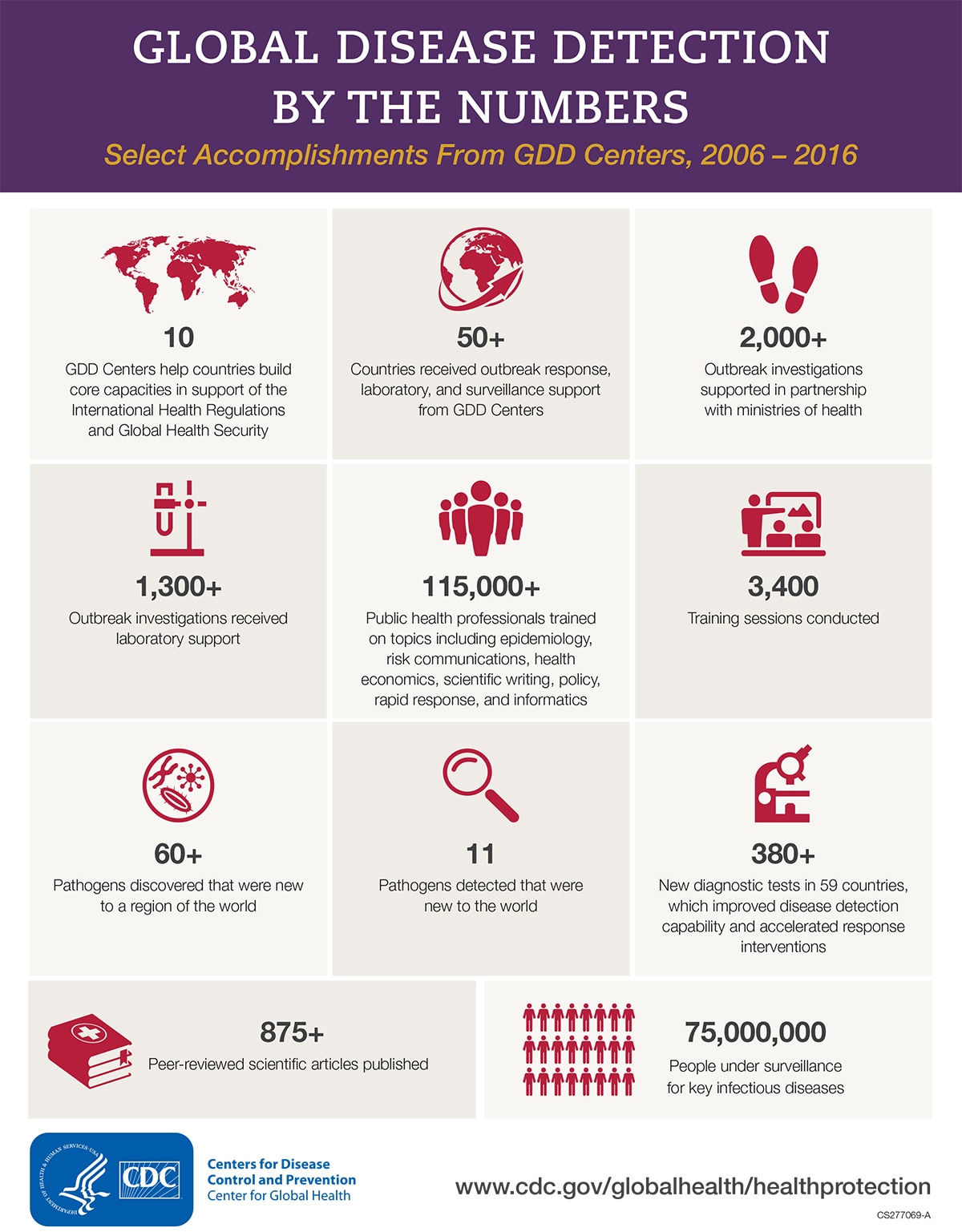Enhancing Primary Care Providers At A Local Level With Community Resources And Support

Short Article Produced By-Dissing Feddersen
When it pertains to boosting primary care solutions locally, taking advantage of community resources and assistance is crucial. Imagine a network of interconnected companies and groups working together to boost healthcare accessibility and quality in your location. From https://www.peacehealth.org/locations/eugene/inpatient-behavioral-health-peacehealth-university-district giving important information to non-profits offering specialized solutions, each entity adds to a much healthier neighborhood. But how exactly do these collaborations unravel, and what techniques show most effective in leveraging these sources for optimal influence? Allow's explore the intricate web of community assistance and its extensive ramifications on medical care solutions.
Significance of Neighborhood Interaction
Engaging with the area is important for cultivating a feeling of collaboration and trust fund within neighborhood medical care services. By proactively involving area members in decision-making processes, doctor can much better recognize the special demands and difficulties encountered by the population they serve. When https://writeablog.net/johanne7elenora/just-how-health-care-clinics-can-boost-your-overall-health are established in consultation with the community, they're most likely to be effective and favored.
https://blogfreely.net/jerome26lynna/start-a-journey-in-the-direction-of-boosted-health-and-wellness-and-health plays a critical duty in promoting health and wellness education and precautionary treatment efforts. By building solid connections with local residents, healthcare providers can more effectively communicate crucial health details and motivate healthy and balanced habits within the community. This aggressive technique helps protect against health problems and promotes general wellness among area participants.
In addition, neighborhood interaction cultivates a feeling of possession and accountability amongst doctor. When the community is associated with forming medical care solutions, carriers are more likely to be responsive to the requirements and preferences of the populace they offer. This collaborative strategy ultimately leads to much more patient-centered treatment and improved wellness results for the area in its entirety.
Key Neighborhood Resources
To effectively enhance primary care services in your area, identifying and leveraging essential community resources is crucial. These resources can consist of regional health and wellness departments, community health centers, charitable organizations, and volunteer teams. Local wellness divisions often supply useful data, experience, and support for public health efforts.
Community health centers offer essential medical services to underserved populations, adding to overall area health and wellness. Charitable companies play a crucial function in addressing details health and wellness needs, such as psychological wellness support or chronic condition administration. Volunteer groups can offer added workforce and support for health-related events or programs.
Schools and colleges are likewise considerable neighborhood sources that can supply health education programs, research collaborations, and accessibility to student volunteers. Faith-based organizations may give spiritual and emotional support, in addition to resources for area participants in need. By teaming up with these key neighborhood resources, primary care companies can boost accessibility to care, resolve health differences, and boost total community wellness.
Approaches for Cooperation
Take into consideration leveraging existing connections and networks within the area to develop efficient strategies for partnership. By taking advantage of well-known links, you can enhance interaction and coordination between various companies and people.
Start by identifying essential stakeholders that share a common passion in improving health care solutions in your area. Involve with these stakeholders to produce a shared vision and established clear goals for collaboration.
Develop a communication plan that outlines how info will be shared, meetings scheduled, and development tracked. Use technology such as shared online systems or team messaging apps to facilitate easy interaction.
Routinely review the efficiency of your cooperation approaches and be open to making changes as needed.
Developing official agreements or Memorandums of Understanding (MOUs) with companion organizations can help clear up functions, obligations, and expectations. These arrangements can also attend to prospective obstacles ahead of time, guaranteeing a smoother collaboration process.
Verdict
In conclusion, community resources and assistance are important for improving health care solutions locally.
By involving with vital stakeholders and collaborating with various organizations, health care service providers can better meet the requirements of underserved populaces and promote neighborhood health.
By interacting, we can make certain that everybody has accessibility to top quality medical care and support solutions within their local neighborhood.

